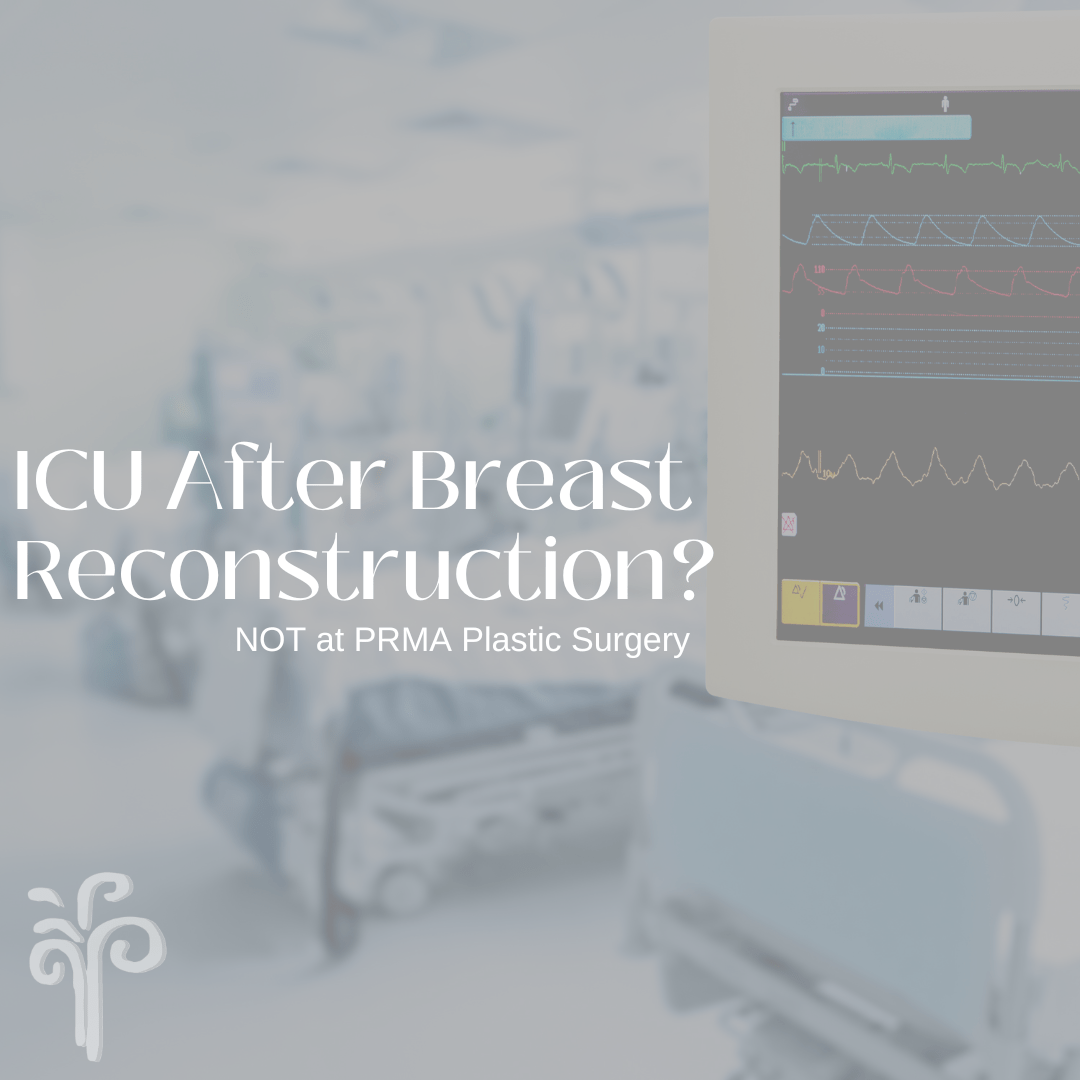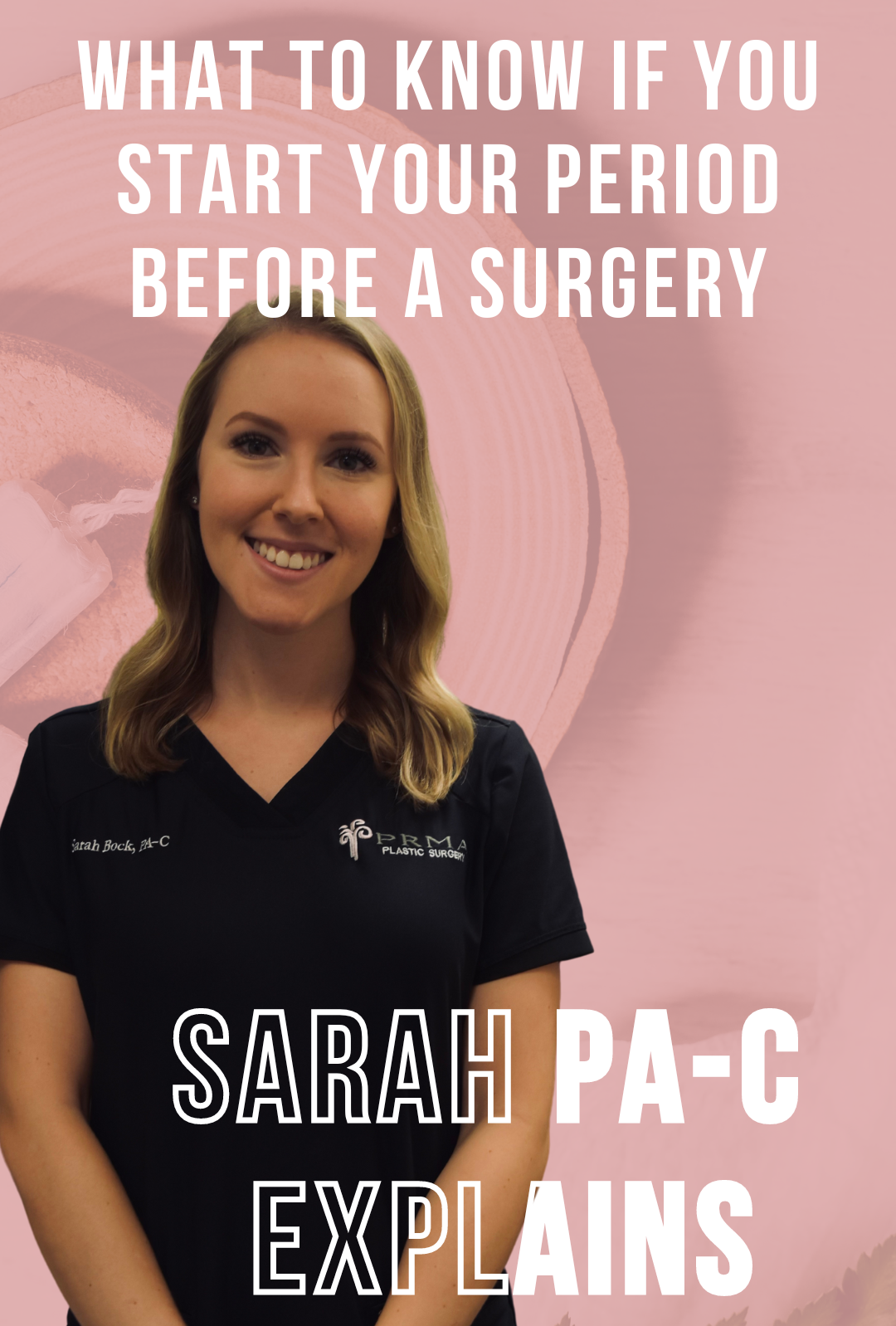
We have been receiving numerous inquiries about the “APEX flap” recently. Patients want to know what it is and how it differs from the DIEP flap.
APEX is an acronym that stands for “Abdominal Perforator Exchange”. Many patients believe it is a new breast reconstruction procedure for patients choosing to use their own tissue. While the term is new, the procedure is actually a modification of the very well known and established DIEP flap procedure. At PRMA, we have been performing the surgery for many years in appropriate candidates.
What is the APEX flap?
In terms of the final scarring and recovery, the APEX flap is very similar to the DIEP flap – it uses the same skin and fatty tissue from the lower abdomen to reconstruct the breast. The tissue is transplanted and the main blood vessels are reconnected to the chest using microsurgery in the same way.
How does it differ from the DIEP flap?
The difference is how the surgeon performs the dissection through the rectus (sit-up) muscle in the abdomen – this decision is based on how the small blood vessels (perforators) come together as they travel through the rectus muscle. It’s a very technical detail that pertains to the surgeon’s decision making in response to the patient’s blood vessel anatomy, muscle anatomy, and the blood flow to the tissue. If the perforators are arranged in a way that would require a large portion of muscle to be transected “cut through” with a regular DIEP flap, an APEX flap is performed instead. The surgeon disconnects the small blood vessels, saves the muscle in between, and then reconnects them after the flap has been transferred off the abdomen. This allows the surgeon to preserve all the patient’s abdominal muscle in situations where a standard DIEP flap would have required cutting a significant amount. Unlike the TRAM flap which removes the muscle entirely, the DIEP flap and APEX flap both preserve the patient’s abdominal muscles. The choice between DIEP flap and APEX flap is made based on the patient’s anatomy and tissue requirements: if the tissue needed for reconstruction requires more than one blood vessel to ensure the best blood supply, and there is intervening muscle between these blood vessels, our surgeons will perform the APEX flap modification. Additionally, at PRMA when any intervening motor nerves are divided, we also repair these motor nerves. It is crucial to preserve and reconstruct these nerves in order to ensure the muscle maintains its normal tone and strength long term. These steps help ensure our patients have the best possible outcomes.
Does PRMA perform APEX flap breast reconstruction?
As we mentioned above, we have been performing the APEX flap for many years. But it is not a procedure we necessarily plan on performing ahead of time. When we schedule our patients for a DIEP flap, we ultimately do not know for sure how we will best harvest the necessary blood vessels until we are in the operating room. Once we are able to evaluate the patient’s anatomy in real time and determine what is required to ensure the optimal blood supply, only then can we determine with certainty whether a DIEP flap, SIEA flap or APEX flap is the best option. Unfortunately, there are no reliable pre-operative tests to completely predict which of these 3 procedures is best. While CT angiogram (CTA) scans can be very helpful, they are not 100%. The final decision as to which type of reconstruction is needed is therefore made intra-operatively by the surgeon based on the patient’s anatomy and intra-operative perfusion studies (SPY angiography).



PRMA has been performing the APEX flap for many years. But it is not a procedure we plan on performing ahead of time. When we schedule our patients for a DIEP flap, we ultimately do not know how we will best harvest the necessary blood vessels until we are in the operating room. Once we are able to evaluate the patient’s anatomy we can determine if the DIEP flap, SIEA flap or APEX flap is best suited to maintain abdominal wall stability.












No Comments